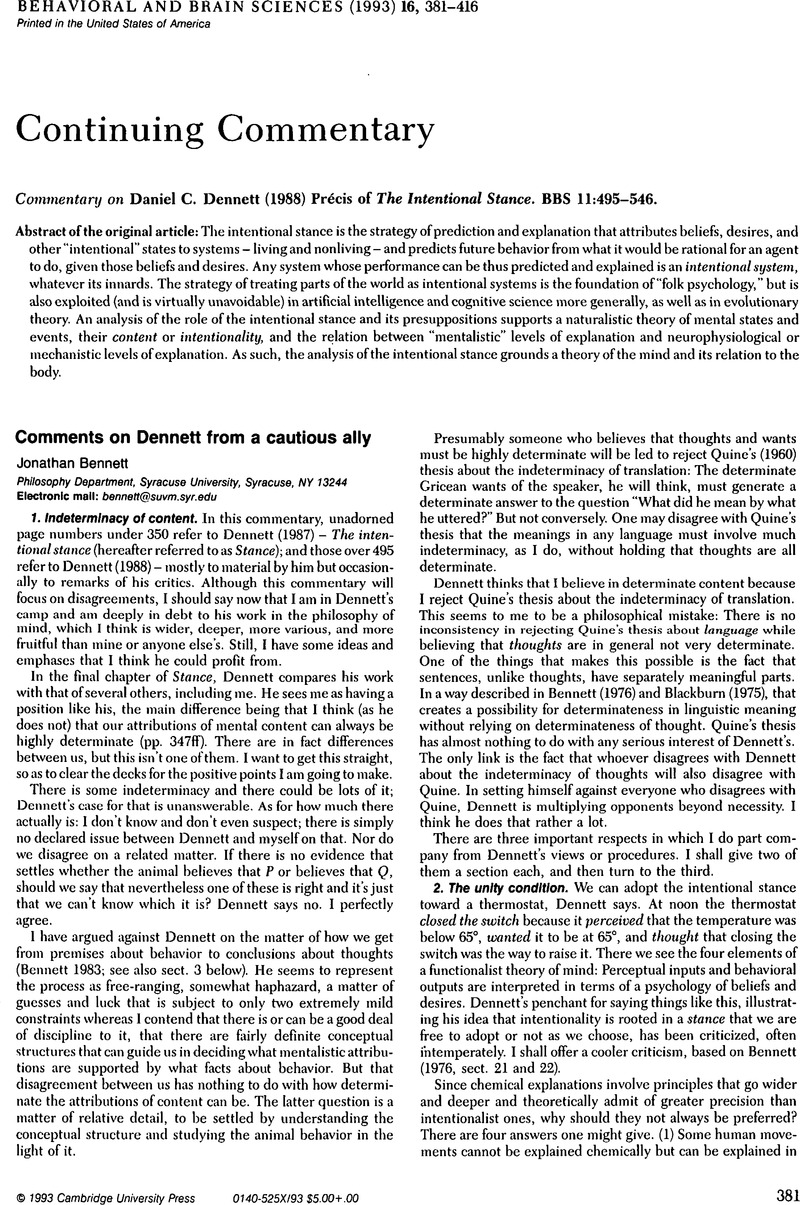Crossref Citations
This article has been cited by the following publications. This list is generated based on data provided by Crossref.
Ringen, Jon D.
1993.
ADAPTATION, TELEOLOGY, AND SELECTION BY CONSEQUENCES.
Journal of the Experimental Analysis of Behavior,
Vol. 60,
Issue. 1,
p.
3.
O'Donohue, William
and
Henderson, Deborah
1999.
Epistemic and Ethical Duties in Clinical Decision-making.
Behaviour Change,
Vol. 16,
Issue. 1,
p.
10.


